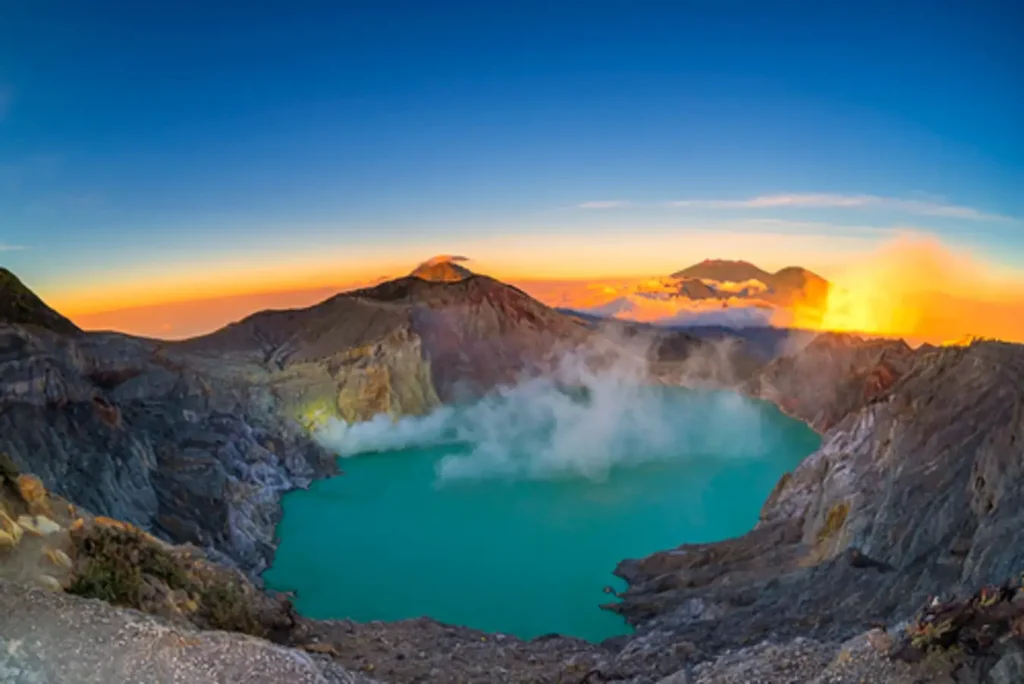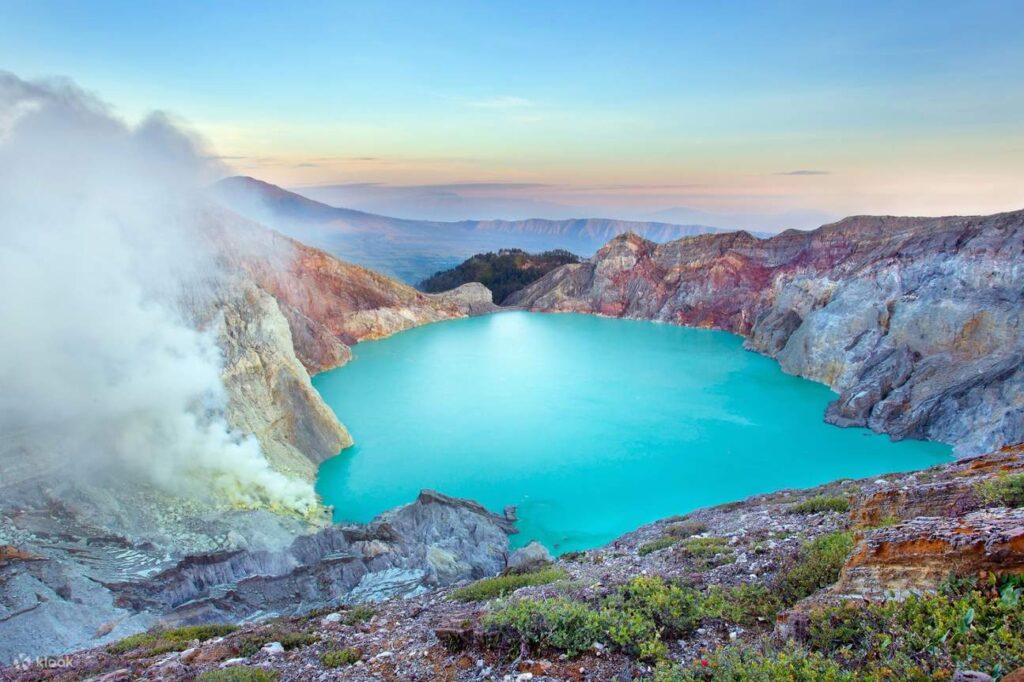Mount Bromo is one of the most famous and scenic destinations in Indonesia, attracting millions of visitors from around the world every year. However, the weather conditions can often be unpredictable, making it essential to know the best time to visit and how to prepare for the elements. In this ultimate weather guide, we will explore everything you need to know about experiencing wetter Mount Bromo.
From the mount bromo weather forecast to the best time to visit, we’ve got you covered. Whether you’re a seasoned hiker or a first-time visitor, our guide will help you make the most of your adventure.
Key Takeaways:
- Learn about the mount bromo weather forecast to ensure you’re prepared for any conditions.
- Discover the best time to visit Mount Bromo to maximize your experience.
- Prepare for the elements with our comprehensive weather guide.
- Experience the beauty of Mount Bromo with confidence, knowing you have the right information to plan your adventure.
- Don’t miss out on this incredible destination due to unpredictable weather. Use our guide to make the most of your trip to Mount Bromo.
Mount Bromo Climate and Temperature
The climate and temperature of Mount Bromo vary significantly throughout the year. The region experiences a tropical climate, characterized by two distinct seasons – the wet and dry seasons. The wet season typically lasts from November to March, with heavy rainfall, high humidity, and cloudy skies being the norm. On the other hand, the dry season, which runs from April to October, is characterized by cooler temperatures, low humidity, and clear skies.
The average temperature at Mount Bromo ranges from 15°C to 25°C, depending on the season. During the dry season, temperatures can drop to as low as 5°C at night, so it is important to pack warm clothing if you plan on visiting during this time.
To ensure you are well-prepared for your visit, it is recommended that you check the mount bromo weather today and stay updated with mount bromo weather updates and reports. This will enable you to plan your activities accordingly and ensure your safety while enjoying the stunning scenery.
| Mount Bromo Weather Conditions | Wet Season (Nov-Mar) | Dry Season (Apr-Oct) |
|---|---|---|
| Temperature | 15°C – 25°C | 15°C – 20°C |
| Rainfall | Heavy rainfall | Low rainfall |
| Humidity | High humidity | Low humidity |
| Sky condition | Cloudy skies | Clear skies |
Overall, understanding the mount bromo climate and temperature is crucial for planning a successful trip to this iconic destination. Whether you are planning to visit during the wet or dry season, being well-prepared and up-to-date with the mount bromo weather report will enable you to have an unforgettable adventure while ensuring your safety.
Conclusion
Whether you are planning a trip to Mount Bromo during the dry season or the wet season, it is essential to be prepared for the weather conditions you can expect. By understanding the mount bromo weather forecast and the best time to visit, you can make the most of your adventure and enjoy all that this iconic destination has to offer.
During your visit, be sure to check the mount bromo weather today and stay up-to-date with regular mount bromo weather updates and reports. This will help you plan your activities accordingly and ensure that you are prepared for any unexpected changes in weather conditions.
Overall, experiencing wetter Mount Bromo can be a truly unforgettable adventure. From the stunning natural landscapes to the unique cultural experiences, this destination has something for everyone. By using this ultimate weather guide, you can have an incredible experience, no matter when you choose to visit.
FAQ
What is the weather like in Mount Bromo?
The weather in Mount Bromo can vary depending on the time of year. Generally, it is cooler and more pleasant compared to other parts of Indonesia due to its high altitude. However, it can also be quite cold, especially during the early morning and late evening. It is advisable to bring warm clothing and layers to stay comfortable.
When is the best time to visit Mount Bromo?
The best time to visit Mount Bromo is during the dry season, which typically falls between April and September. During this period, the weather is generally clear, and you can expect better visibility for enjoying the breathtaking views. However, it’s important to note that even during the dry season, rain showers can still occur, so it’s always a good idea to be prepared with suitable rain gear.
What is the current weather condition in Mount Bromo?
The current weather condition in Mount Bromo can be obtained through various weather forecasting sources or by checking with local authorities. It is recommended to stay updated on the latest weather reports before planning your visit to ensure a safe and enjoyable experience.
How often does the weather in Mount Bromo change?
The weather in Mount Bromo can change rapidly, especially in mountainous regions. It is not uncommon for conditions to shift from clear skies to rain or mist in a short period. It is advisable to be prepared for sudden weather changes and always have appropriate clothing and equipment to ensure your comfort and safety.
Can I visit Mount Bromo during the rainy season?
While it is possible to visit Mount Bromo during the rainy season, it is important to be aware that heavy rainfall can occur, which may impact visibility and access to certain areas. It is crucial to exercise caution and consider the potential risks associated with adverse weather conditions. Always stay updated on weather forecasts and follow any guidance or warnings from local authorities.
Are there any precautions I should take regarding the weather in Mount Bromo?
Yes, there are a few precautions to consider when visiting Mount Bromo. It is recommended to bring appropriate clothing for varying weather conditions, including warm layers, rain gear, and sturdy footwear. Additionally, it’s advisable to carry extra supplies such as water, snacks, and a first aid kit, as well as a map or GPS device to navigate the area safely. Lastly, always stay informed about the current weather conditions and heed any warnings or advice provided by local authorities.





